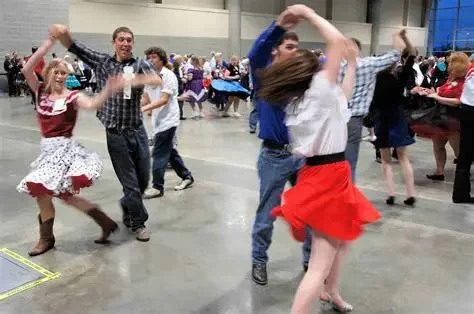
- historical-context-of-square-dancing-in-schools
- square-dancing-as-physical-education
- cultural-and-social-benefits
- square-dance-and-modern-education-values
- why-some-question-its-place-in-school
- square-dance-programs-at-american-dance-academy
1. Historical Context of Square Dancing in Schools
To understand why square dancing is taught in schools, it's important to look back. In the mid-20th century, particularly in the United States, square dancing was promoted as a wholesome, patriotic activity. Advocates like Henry Ford championed it as a traditional, morally upright alternative to jazz and other modern dances. By the 1950s, state legislatures even endorsed square dancing as the official folk dance of several states, leading to its widespread adoption in public schools.
It became a way for schools to introduce children to an accessible form of physical activity that also carried a sense of national identity and history.
2. Square Dancing as Physical Education
2.1. Coordinated Movement and Physical Fitness
Square dancing involves walking, turning, and synchronized steps. These motions help improve cardiovascular health, spatial awareness, and balance—key components of any PE curriculum. Because it doesn’t require intense athleticism, it's inclusive for children of all fitness levels.
2.2. Listening and Following Instructions
Students must follow a caller’s directions in real-time. This helps sharpen auditory processing and responsiveness. In an age of digital distractions, exercises like this also improve attention spans in young learners.
3. Cultural and Social Benefits
3.1. Building Social Confidence
Unlike competitive sports, square dancing fosters cooperation. Students must work together, communicate non-verbally, and trust their partners. These elements help reduce social anxiety and build empathy.
3.2. Cultural Education
Even if square dancing isn’t part of every student’s cultural background, it opens a doorway to explore American folk traditions and music. Many educators pair dance units with lessons on cultural diversity, folk history, and musical evolution.
4. Square Dance and Modern Education Values
In today's world, where inclusivity and creative expression are essential, square dancing fits surprisingly well. There’s no pressure to perform solo or win, making it a gentle entry point into movement-based education. It encourages laughter, cooperation, and joy—values increasingly emphasized in social-emotional learning frameworks.
Modern adaptations of square dance sometimes incorporate popular music and student-led choreography, helping schools reframe it for 21st-century classrooms.
5. Why Some Question Its Place in School
Not everyone sees square dancing as relevant. Critics argue that it takes time away from more diverse or modern forms of movement. Others suggest its presence in curriculums stems from outdated legislation or cultural assumptions. However, many schools that still teach it do so because of its proven educational benefits—not just tradition.
In fact, some districts offer it as an elective or integrate it into broader cultural dance programs alongside Latin, African, or hip-hop styles.
6. Square Dance Programs at American Dance Academy
For parents and educators interested in keeping the tradition alive—or simply exploring its value in a modern context—American Dance Academy offers tailored programs that blend classic techniques with contemporary educational goals. Whether you’re looking to host a cultural activity at school or explore family-friendly dance formats, they provide trained instructors and developmentally appropriate lessons for all age groups.
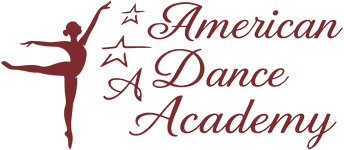
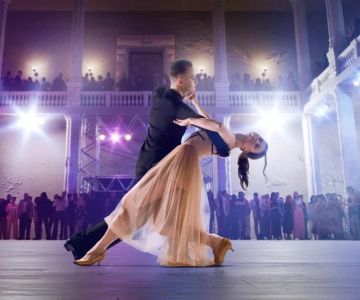
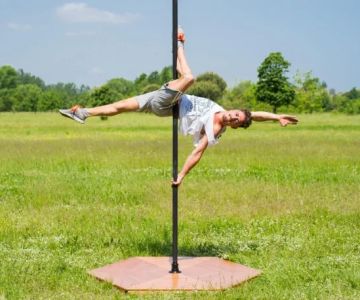
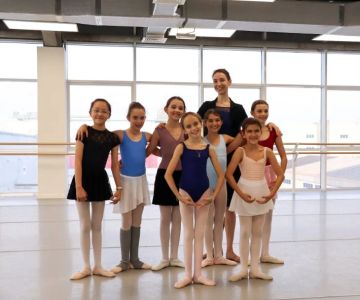
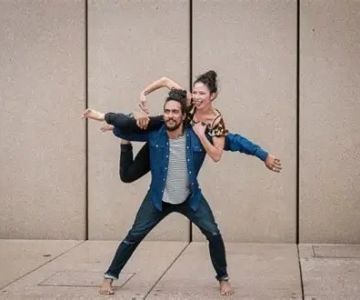

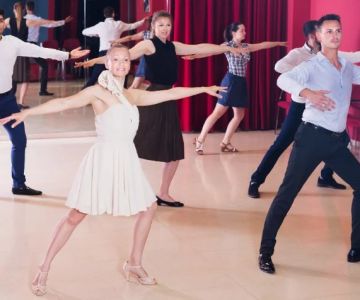
 Barrington Dance Academy5.0 (22 reviews)
Barrington Dance Academy5.0 (22 reviews)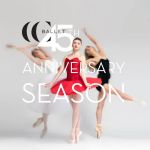 Canyon Concert Ballet4.0 (17 reviews)
Canyon Concert Ballet4.0 (17 reviews) Big City Dance Center LLC4.0 (25 reviews)
Big City Dance Center LLC4.0 (25 reviews)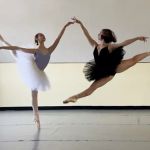 Tye Chua Dance & Kalamazoo Ballet5.0 (18 reviews)
Tye Chua Dance & Kalamazoo Ballet5.0 (18 reviews) Fenton Ballet Theatre4.0 (24 reviews)
Fenton Ballet Theatre4.0 (24 reviews) Front Street Dance Center5.0 (7 reviews)
Front Street Dance Center5.0 (7 reviews) Are There Dances in Middle School? What Students and Parents Should Know
Are There Dances in Middle School? What Students and Parents Should Know How a Dance School in Instagram Builds Community and Success
How a Dance School in Instagram Builds Community and Success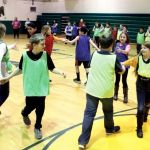 Why Do Schools Teach Square Dancing?
Why Do Schools Teach Square Dancing?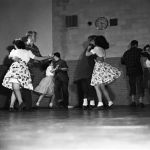 Why Was Square Dancing Taught in School?
Why Was Square Dancing Taught in School? Why Swing Dance Is Popular for Adults
Why Swing Dance Is Popular for Adults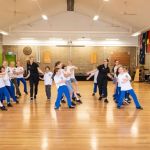 A School Dance: How to Prepare, Shine, and Make It Unforgettable
A School Dance: How to Prepare, Shine, and Make It Unforgettable